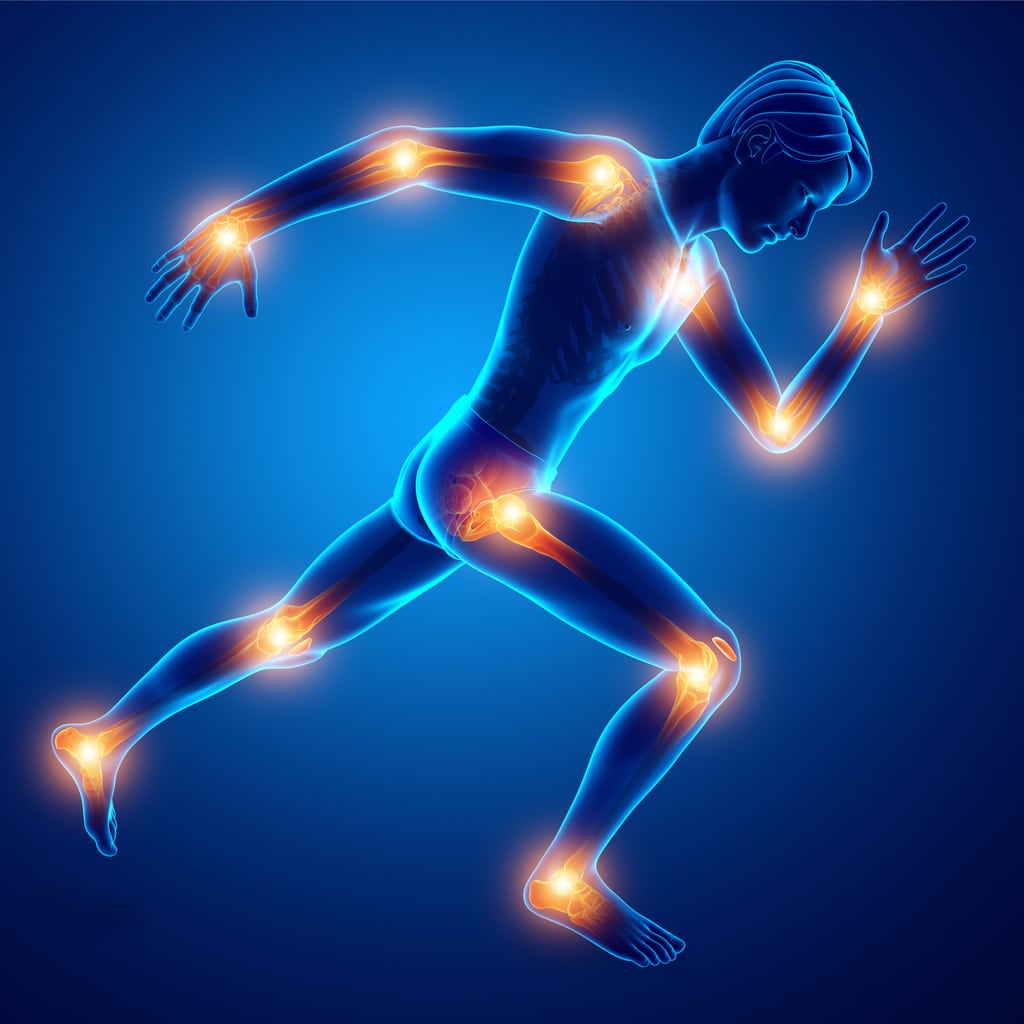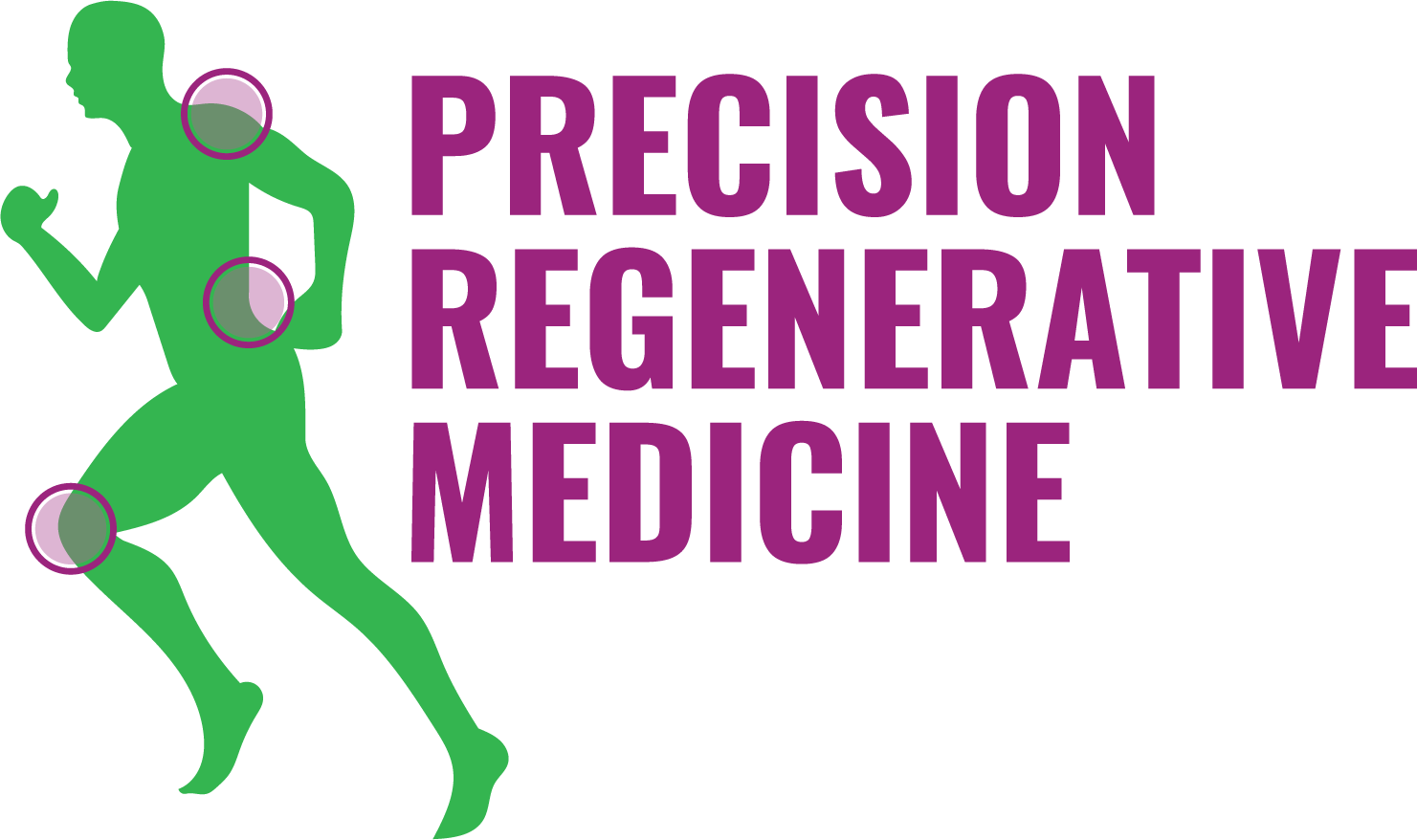Sports Injuries
Are you an in-season athlete looking to acutely reduce pain and inflammation so you can finish the season?
Are you an out-of-season athlete with an injury wanting to avoid surgery and the associated downtime?
If your sports injury is affecting your ability to do the activities you need and want to do, it’s time to consider regenerative therapies.

At Precision Regenerative Medicine, Tammy Penhollow, DO, specializes in systems-based therapies to reduce joint pain, spine pain, and inflammation by harnessing your body’s own healing cells, combined with nutrition, movement, and an individualized rehabilitation program. With options such as platelet-rich plasma (PRP) injections, bone-marrow or adipose derived stem cell therapy, and prolotherapy, you can reduce pain and inflammation to return to action without surgery or medications
We treat weekend warriors to professional athletes and work with your coaches and trainers to coordinate timing and optimize your return to the level of play you demand of yourself.
Regenerative Medicine For The Athlete
Sports Injuries Q&A
What causes sports injuries?
When you’re training hard and competing, you put a lot of physical stress on your body. Combined with sudden direction changes, collisions, and other movements that can cause abnormal twists and pressure on your body, your risk of injury increases.Many sports injuries are acute for example, taking a direct hit or falling on the affected arm or leg, or you may feel a pop or pull at a tendon or ligament insertion point during explosive power movements of the upper or lower body such as overhead arm movements (spiking the volleyball, pitching a fastball) or sprints.
Overuse injuries are another common cause of sports injuries. These injuries develop gradually as repeated movements first inflame then tear the soft tissues in and around the joints or bones. If the tissues don’t have time to heal due to your practice and performance schedule, the damage gets progressively worse.
A few examples of painful sports injuries include:
What is our approach to Sports Injuries to Energize and Mobilize?
Dr. Penhollow develops a comprehensive approach to address each person’s sports injury to improve your mobility and function by optimizing your body’s healing properties. You start to heal from the inside out with nutrition, then we harness your body’s cells to reduce pain and inflammation in the immediate term, then stabilize and rehabilitate your joint by strengthening the muscles around it with EmSculpt® for reinjury prevention in the long term. We work together to get you back to those activities you’re missing out on.
Proper body mechanics and posture are very important components of rehabilitating pain and reducing future flares or progression of degenerative states. During our partnership with you, we collaborate with other professionals to give you individualized 1:1 treatment specific to your sport and goals.
Depending on where you’re at in the season, we’ll look at different cell therapy options. While downtime with PRP, BMAC or MFAT is not as lengthy as with most surgeries, it does require scheduled rest and a graduated return to activities. Thus, for most in-season athletes, we tend to wait for these therapies unless it’s an acute muscle bruise or tear, in which case PRP may be indicated at the time of injury!
What Happens In A Typical Regenerative Orthobioligic Procedure?
How do PRP injections address soft tissue and joint pain?
Platelet Rich Plasma treatment consists of concentrated platelets that include dozens of growth factors and anti-inflammatory mediators in plasma. Growth factors naturally stimulate healing activities, including reducing inflammation and recruiting the body’s circulating stem cells to the area. Healing in your damaged shoulder speeds up thanks to the influx of your own concentrated platelets, growth factors, and anti-inflammatory mediators.
Dr. Penhollow obtains PRP by drawing a sample of your blood and processing it in a centrifuge to separate and concentrate the platelets and growth factors. Then she uses ultrasound and/or fluoroscopy (x-ray) to precisely deliver the PRP into your injured joint and/or the soft tissues.
How does adult stem cell therapy reduce pain from sports injuries?
Dr. Penhollow offers either bone marrow aspirate concentrate (BMAC) cell therapy or adipose (fat) cell therapy (MFAT). She harvests your own (autologous) mesenchymal stem cells (MSCs) from your bone marrow or fat. Then she concentrates the cells in a centrifuge and immediately places them using ultrasound and/or fluoroscopic (x-ray) guidance at the sites of injury in your injured joint and surrounding soft tissues.
The high concentration of MSCs and other important proteins and growth factors in the BMAC and MFAT helps your body address the pain and inflammation of acute and chronic sports injuries.
How does prolotherapy help sports injuries?
During prolotherapy treatment, Dr. Penhollow uses ultrasound guidance to precisely deliver a solution of dextrose and a local anesthetic into and around the damaged tissues. Dextrose stimulates your body’s natural healing response, which in turn signals the body to deliver your own circulating platelets and growth factors to the area. This is particularly useful for hypermobility and laxity of the ligaments around the joints (like sacroiliac, ankle, shoulder), for painful trigger points in the upper back and neck that can develop because of the compensated movement patterns from an injury, and in fascial issues like IT Band syndrome.
If you need help with pain and restricted activity due to an acute or chronic sports injury, call Precision Regenerative Medicine or request an appointment online today.
